-
Discovery
only 1977 by warm seawater at 2500 m depth off Galapagos
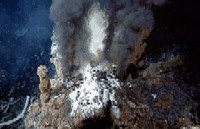
- Hydrothermal activity as warm (5-100°C), diffuse flow from cracks or hot (250-400°C), superheated water from chimneys; temperature around vents is 8-23°C by mixing with cold seawater
- Hydrogen sulphide (H2S) is common, normally highly toxic to animals
-
New species
account for 95% of specimens recovered from hot vents, among them the red
tube-worm Riftia sp. (Vestimentifera) and the archaea, a group of
evolutionary old and simple bacteria-like cells
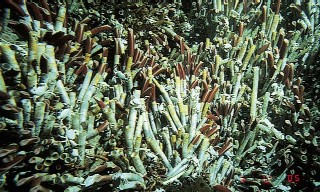
The tube-worm Riftia up to 1.5 m long, 3.7 cm thick, growth 85 cm/yr; tube length up to 3 m; density up to 170 m-2 - Cold Seeps discovered 1984 at the base of the Florida Escarpment at 3270 m depth; hypersaline with sulphide and methane seep out onto the sea-floor; temperature is cold, but species composition similar to hot vents
- Short-term environments: persist only for serveral years
- High biomass but low diversity: only few species adapted to the harsh environmental conditions; 90% of species are endemic to vents and seeps
- High temperature variance
- Hydrogen sulphide (H2S) is high, and oxygen concentrations can switch rapidly from oxic to anoxic
- Salinity ranges from one third to twice the normal deep-sea values
- Hydrothermal fluid contains high concentration of inorganic substances that precipitate upon contact with seawater and constantly cover the organisms‘ body surface
- Superheated water contains high metal concentrations (zinc, copper), which form metal-sulphide precipitates but also expose organisms to high concentrations of toxic metals
- Short-lived and scattered habitat of small size (25-60 m in diameter) requires fast growth, early maturation, high number of offspring, larval dispersal to settle new habitats
- Hydrogen sulphide is the primary energy source for hot vents and cold seeps
- Chemosynthesis by symbiontic bacteria convert H2S into organic material: H2S + CO2 + O2 + H20 = CH2O + H2SO4
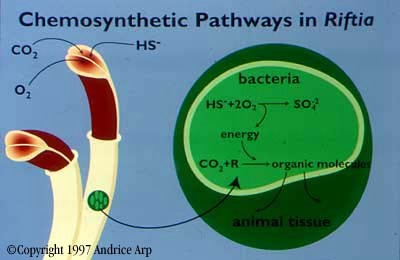
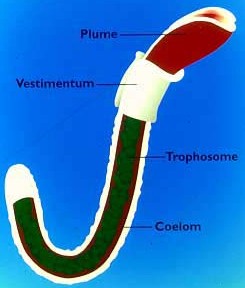
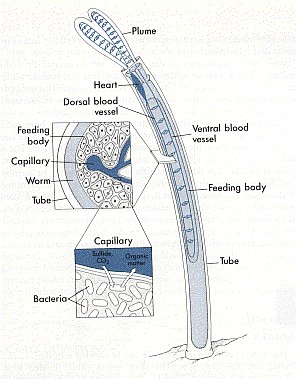
- Detoxification in other animals (mussels, echiurid worm Urechis) is performed by symbiontic bacteria as well

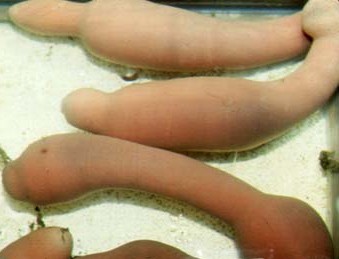
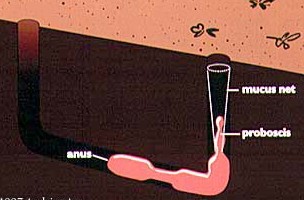

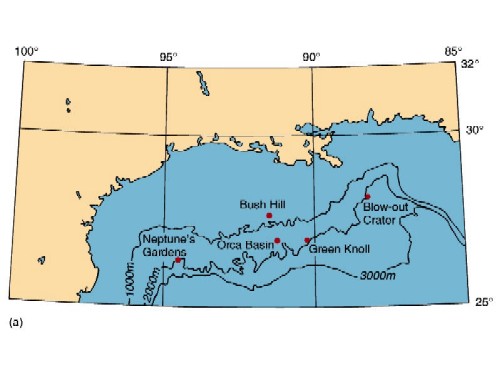
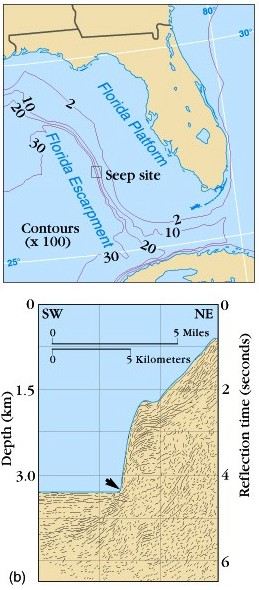
Links to hot vent and cold seep sites:
- Exploring the deep ocean floor: Hot springs and strange creatures by USGS
- NOAA video clips from hot vents
- Article on hot vent organisms and life in H2S
- much more links to hot vents pages